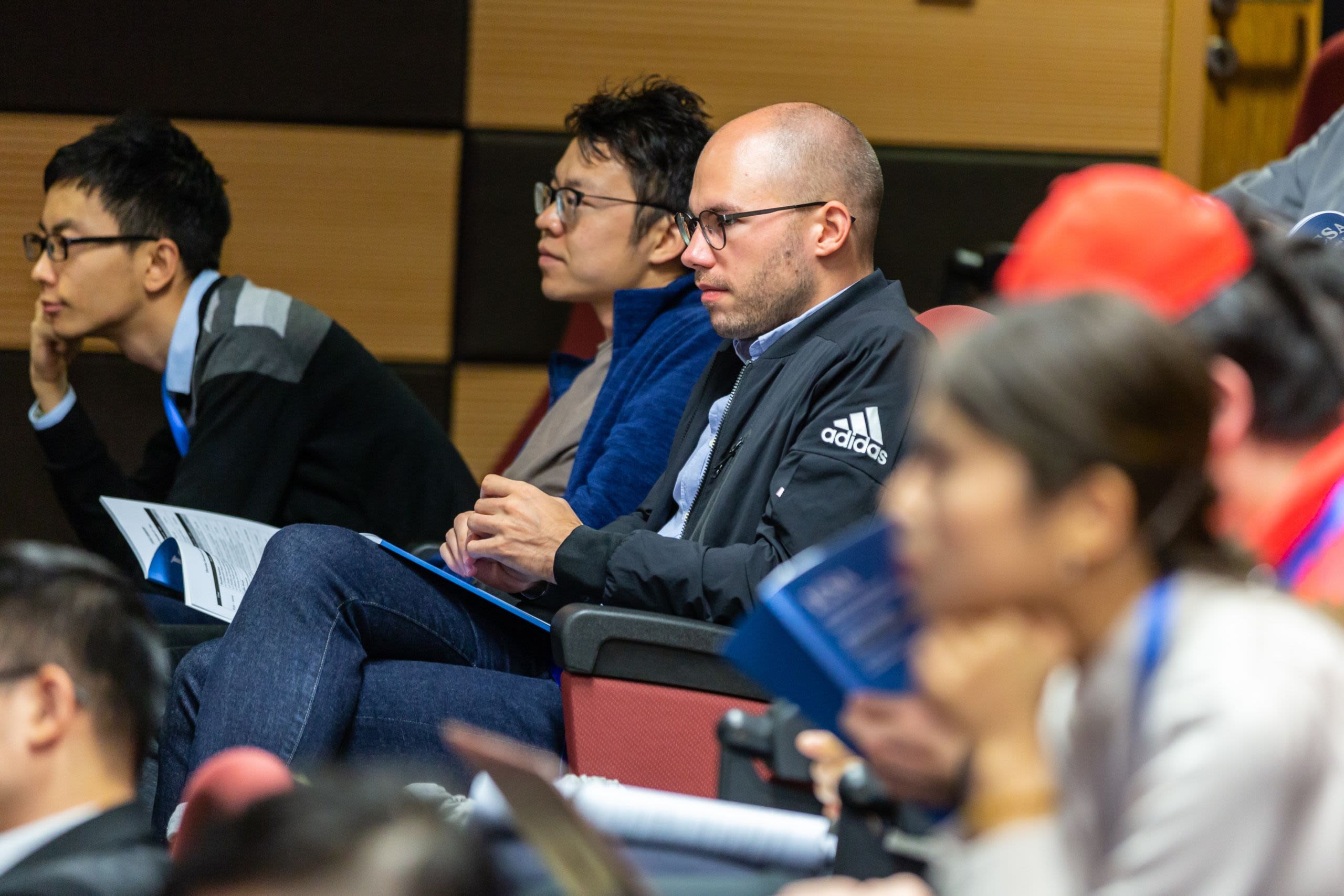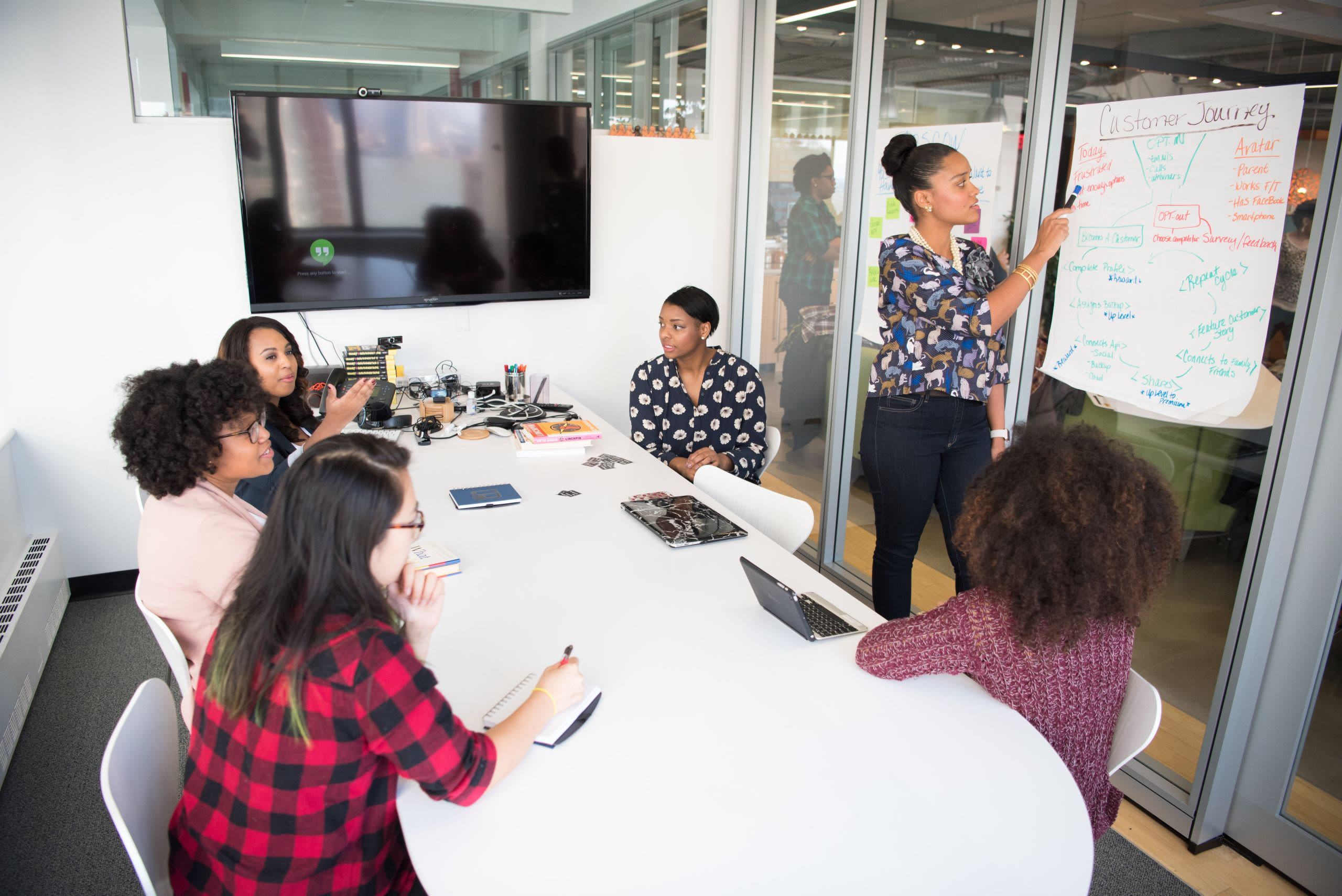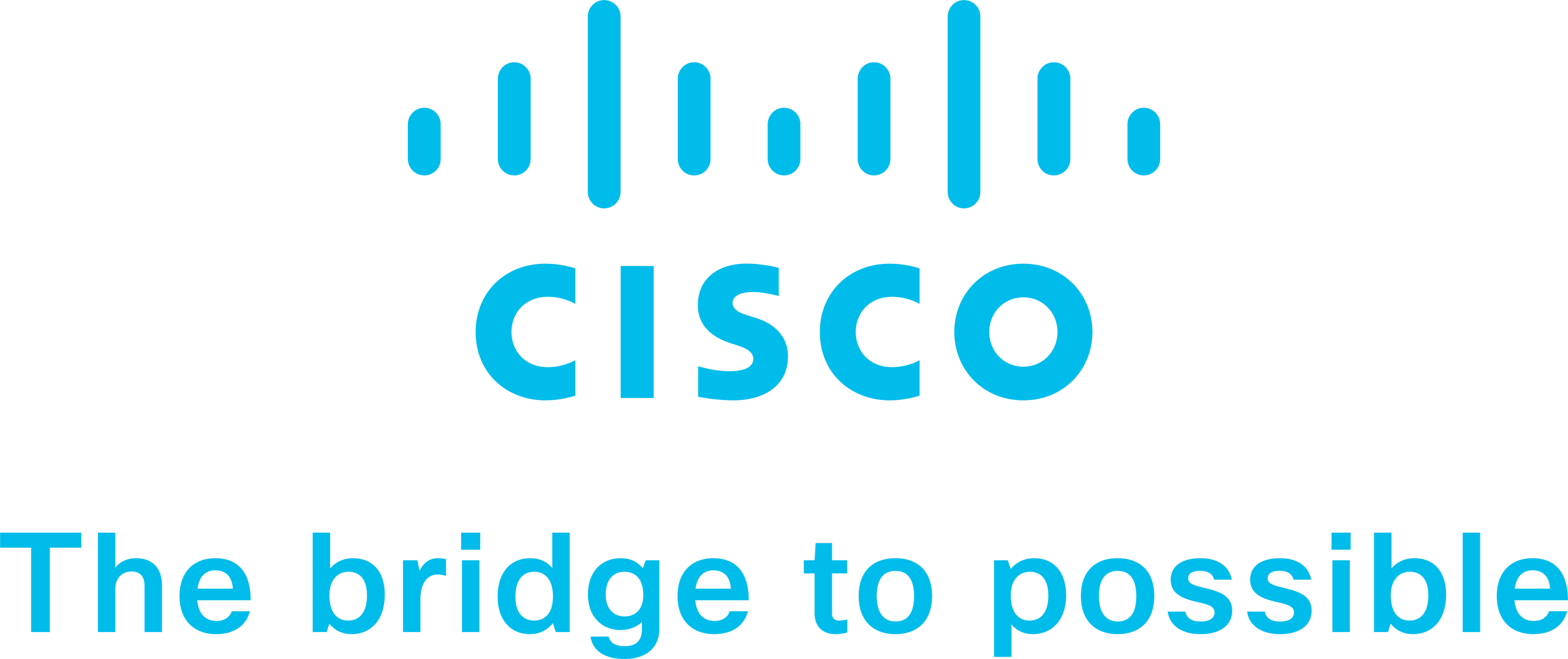Advancing A Steady Stream of Perpetual Learning
To prepare the workforce of tomorrow, colleges, and businesses need to join forces to provide continuous learning opportunities

Perpetual learning. Continuing education. Reskilling. Lifelong learning.
The education and corporate worlds have long been captivated by ideas on how best to create a well-educated and effective workforce.
Now, with an unprecedented acceleration in the pace of change in job roles, and with what some are calling the Fourth Industrial Revolution in full bloom, colleges, universities, and companies are faced with a new reality: To keep workers viable in their jobs, and to prepare them for new ones that are rapidly emerging. Higher education and businesses must make a long-term commitment to ensuring that people remain employable and their skills continue to grow.

To get there, deeper collaboration between universities and companies is more important than ever. Creating such synergies will serve two distinct yet intertwined purposes: They will help strengthen colleges during a predicted downturn in available, traditional young students choosing to go to college, while giving corporations more of the well-skilled workers they need to compete in the digital economy.
Those colleges that transform themselves to help individuals learn continuously and in a way that is aligned with both the current and future needs of businesses will gain distinct advantages.
“By shifting to a perpetual learning model, colleges could develop relationships with students throughout their working lives while helping them develop ongoing skills,” says Tae Yoo, senior vice president for corporate affairs and corporate social responsibility for Cisco, the tech giant. “Doing so would create substantial opportunities for colleges to best prepare students for current and future jobs while gaining a stable, continuous revenue stream for lifelong learning.”
Ideally, she adds, colleges could partner with employers in their regions, providing workers with opportunities to learn new skills over many years through programs and real-world company projects that can both quickly teach them specific tasks and new skills. It also can help employers find talent for specific projects.
Tomorrow’s world of industry, not to mention workers in need of skills upgrades, will demand that colleges and universities undergo a metamorphosis, Yoo says. Already, new jobs and skills are coming online at breakneck speed. By the end of next year, 4.5 million entrepreneurs and innovators will be working on projects related to the Internet of Things (IoT). Meanwhile, millions of technologists will be working on artificial intelligence (AI) or ways to implement it.
For the decade or so beyond that, experts are planning for a significant evolution of the job market, yet few can say what exactly those jobs will be. The World Economic Forum reported that 65 percent of children entering primary school today will end up working in new types of jobs that do not yet exist.
College and university leaders are beginning to understand workers’ predicament. “As advanced machines and computers become more and more proficient at picking investments, diagnosing disease symptoms, and conversing in natural English, it is difficult not to wonder what the limits of their capabilities are,” says Joseph Aoun, president of Northeastern University, and author of Robot-Proof: Higher Education in the Age of Artificial Intelligence.
Meanwhile, workers in existing jobs are forced to keep up with or learn new ways to use technology. Worldwide, 75 million jobs may be displaced by 2022, as labor shifts from humans to machines and algorithms, while 133 million new job roles may emerge at the same time, according to the World Economic Forum.
Clearly, educating people in the traditional way for new kinds of jobs is not a sustainable paradigm for colleges. “Higher education needs a new model and a new orientation away from its dual focus on undergraduate and graduate students,” says Aoun. “Universities must broaden their reach to become engines for lifelong learning.”
At a time when people are questioning whether college is worth the investment, colleges need to pivot toward offering students learning opportunities over a longer period of time, Yoo adds.
“The current four-year graduation system has challenges,” she says, citing $1.5 trillion in student debt nationwide, plus the lower gains made by college-educated wage earners in recent years. “Graduates might be adding to GDP, but they might not be enjoying a higher standard of living.”





Higher education’s best response to student concerns is to create more opportunities for workers to “upskill” or outright learn new fields of study. To help them get there within their busy schedules, colleges should offer more ways for them to learn online and in smaller chunks while working towards their career goals. For example, they could take competency-based programs and earn micro-credentials, such as badges and certificates.
Though this change in educational models might seem drastic, many colleges, encouraged by partners in industry, are well on their way toward providing education for the jobs of the future, Yoo says. Aided by a federal grant, Northeastern has worked with General Electric to create a more affordable, three-year bachelor’s degree in advanced manufacturing systems. Arizona State University has partnered with Starbucks to offer the latter’s employees a chance to earn degrees online and Southern New Hampshire University’s College for America was designed specifically for workplace learners.
While a transformation in higher ed toward current workers might seem extreme, the nation’s educational system has aligned itself with the needs of industry in the past. When the United States ran on an economy based on agriculture, education arranged its calendar and curriculum around it.
“Now that we’re in a knowledge-based economy, we’ve begun to move toward something similar between tech industries and higher education,” Yoo says. “The question now is, how do you create a system that you can adapt to meet the changing needs of workers, and do it by leveraging the existing community college and state university network to create a new model for perpetual learning?”
Yoo’s employer — Cisco — has been out in front on the issue, starting the Cisco Networking Academy program over 20 years ago. Cisco partners with governments and educational institutions around the world to establish local academies and initiatives and help develop the next generation of technology professionals. Since its inception, Cisco Networking Academy has trained over 10.8 million students in 180 nations through a curriculum focused on networking, security, and emerging technologies such as IoT.
“Cisco has absolutely been a pioneer in this,” says Diana Oblinger, president emeritus at Educause, a nonprofit association that aims to help higher education integrate IT solutions. “They knew that they needed to train people not just for their own purposes but to grow the tech field over all.”
Leaders in higher education and industry are catching on to the need to do something similar. “You’re seeing a lot more openness than ever,” Oblinger adds. “Colleges are gradually letting go of the notion that everything has to be a course that leads to a degree. They’re making many more shorter forms of learning available, precisely to help workers.”
What’s more, businesses and colleges “are both more open to co-creating curricula or using curricula coming from one side or the other. For institutions that choose to reach out and deliver education in new ways, it’s absolutely a new age.”
“Companies and educational institutions are in a unique position to lead the way in creating a more inclusive future,” Yoo adds. “By identifying new ways to work more closely together to inspire and facilitate perpetual learning, we can help prepare individuals – no matter their stage in life – with the right skills so that no one is left behind.”
Things have only begun to shake out as to which pieces of education or overall approaches work best, Yoo adds. As colleges and companies roll out more and more new ideas, they will come to learn what methods and learning modules will best serve students/workers.
“We’re testing to see if all these pieces work,” she says. “How will they all fit together and add up? The four-year degree developed during many years of experimentation. This is art — not science — and we’re just now starting to put the brush to canvas.”


